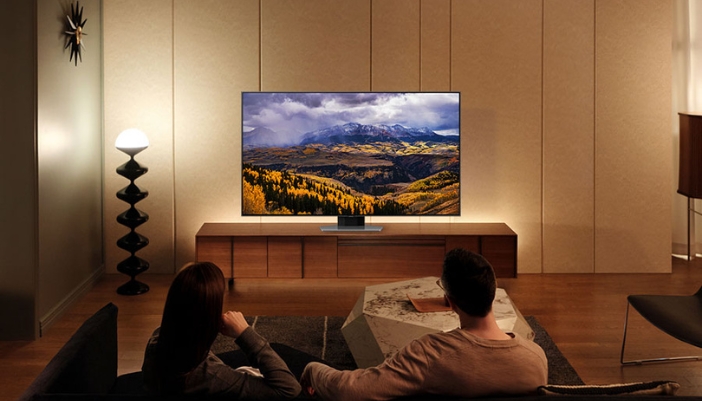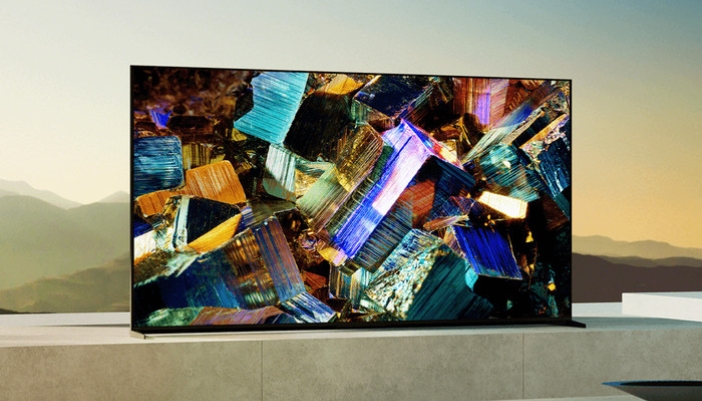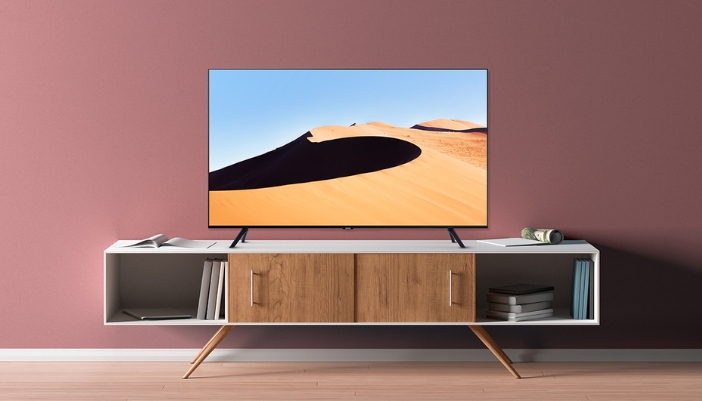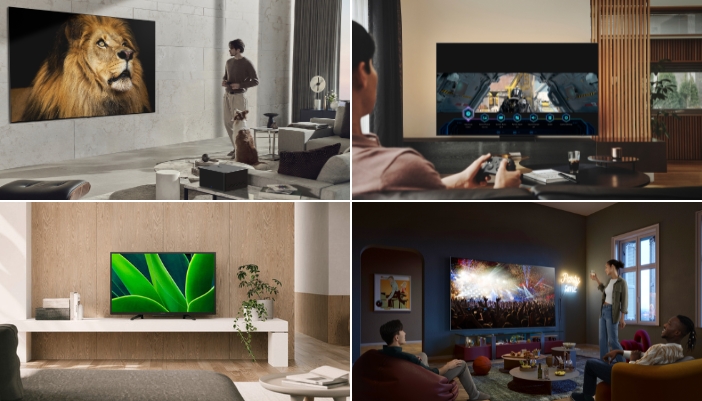Introduction
In the ever-evolving world of television technology, choosing the right TV for your home can be a daunting task. With a multitude of options available, it's essential to understand the differences between various display technologies. In this blog, we'll delve into the intricacies of OLED, QLED, Mini LED, and traditional LED TVs, helping you make an informed decision for your next home entertainment upgrade.
OLED TVs: The Pinnacle of Picture Quality

OLED (Organic Light-Emitting Diode) TVs are renowned for their unparalleled picture quality. Each pixel in an OLED display emits its own light, resulting in perfect black levels and vibrant colors. OLED TVs offer exceptional contrast ratios and wide viewing angles, making them ideal for movie enthusiasts and gamers alike.
QLED TVs: Quantum Leap in Color and Brightness

QLED (Quantum Dot LED) TVs use quantum dots to enhance color accuracy and brightness. While they still rely on LED backlighting, the quantum dots improve the color spectrum, providing a more vibrant and lifelike image. QLED TVs are known for their excellent brightness levels, making them suitable for well-lit rooms.
Mini LED TVs: Precision in Lighting

Mini LED technology takes LED TVs to the next level by utilizing smaller, more densely packed LEDs for backlighting. This results in improved local dimming zones, enhancing contrast and black levels. Mini LED TVs bridge the gap between traditional LED and OLED technologies, offering a compelling blend of picture quality and affordability.
LED TVs: The Reliable Standard

LED TVs, or traditional LED-LCD (Light-Emitting Diode Liquid Crystal Display) TVs, use a backlight to illuminate pixels. While not as advanced as OLED or QLED, LED TVs are known for their reliability and affordability. They provide good picture quality for everyday viewing and are available in a wide range of sizes and price points.
Comparison

Black Levels and Contrast:
- OLED: Excellent due to individual pixel illumination.
- QLED: Good, but not as deep as OLED.
- Mini LED: Improved with enhanced local dimming.
- LED: Standard, with some limitations in achieving deep blacks.
Color Accuracy:
- OLED: Excellent color reproduction.
- QLED: Vibrant colors with the help of quantum dots.
- Mini LED: High color accuracy similar to QLED.
- LED: Good, but may not match the precision of OLED or QLED.
Brightness:
- OLED: Limited brightness compared to QLED.
- QLED: Excellent brightness, suitable for well-lit rooms.
- Mini LED: Improved brightness compared to standard LED.
- LED: Standard brightness levels.
Viewing Angles:
- OLED: Wide viewing angles.
- QLED: Good, but not as wide as OLED.
- Mini LED: Similar to QLED.
- LED: Decent but may experience color shifting at extreme angles.
Conclusion

Choosing the right TV involves considering your specific preferences, budget, and viewing environment. OLED, QLED, Mini LED, and LED TVs each have their strengths, catering to different needs. Whether you prioritize deep blacks, vibrant colors, or affordability, understanding the distinctions between these technologies will empower you to make an informed decision and bring an enhanced viewing experience to your living room.